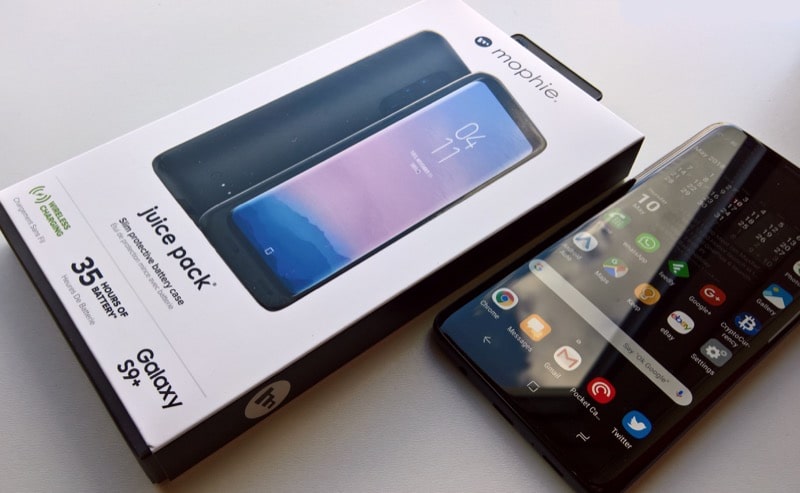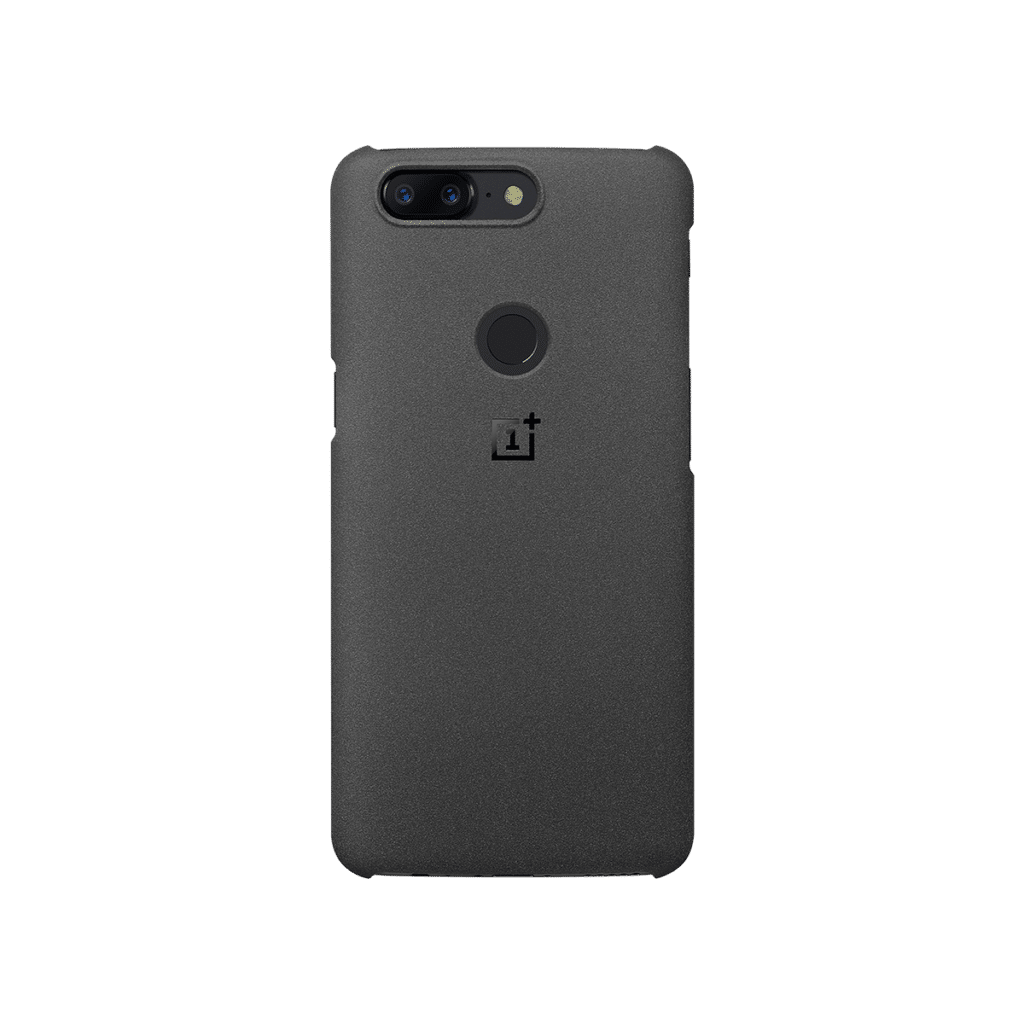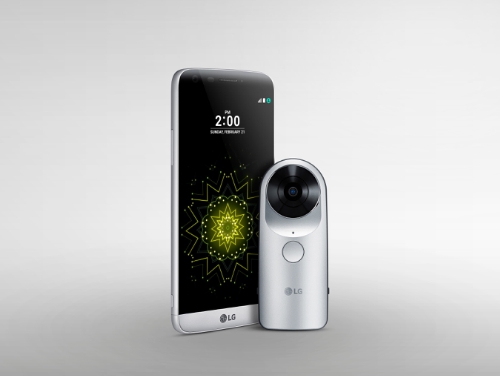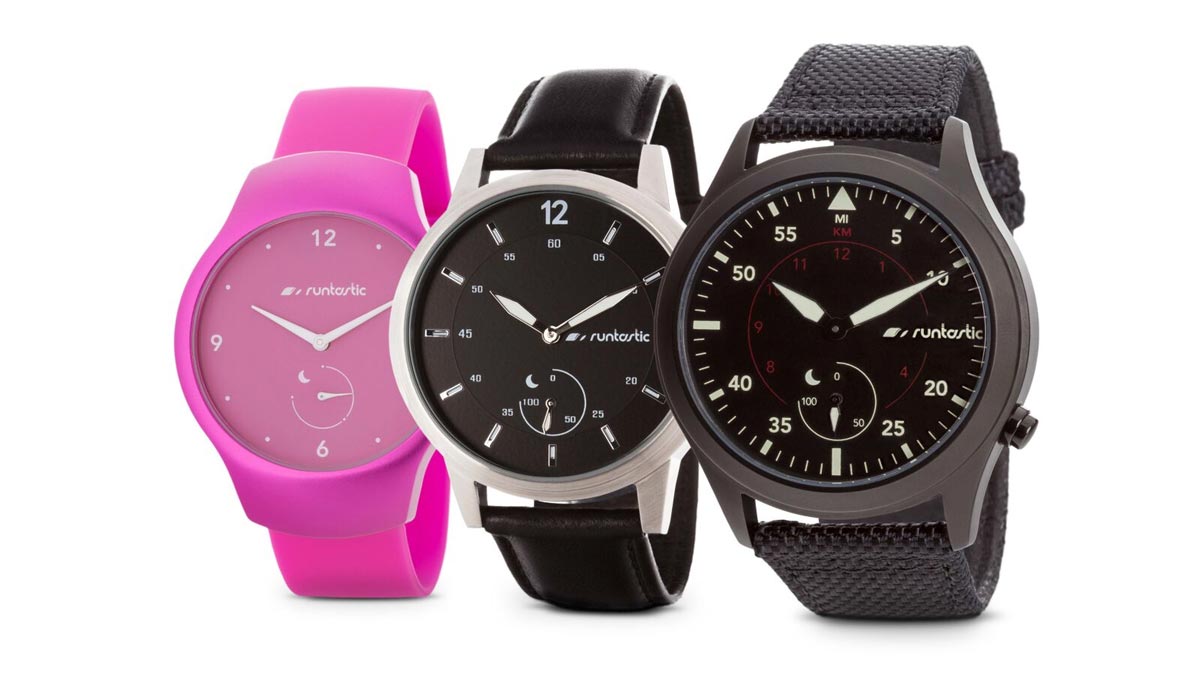The rise of screen sizes in the phone world towards those of tablets raises a number of questions. The obvious one, and easily answered, is whether you still need that iPad mini or Nexus 7 (etc.)? ‘No’, of course. But what about 10″ tablets? It’s a tougher call. What about going all the way, do you still need a laptop or netBook? Probably, but that doesn’t mean that your large-screened Android smartphone can’t stand in every now and then, armed with Bluetooth keyboard and mouse. A little geeky? Probably. But very cool, as I show in the video below!
The guinea pig here, to make everything both generic and easy, is the Google Nexus 6, running stock Android, of course, in this case 5.1. Though Android OS has had full Bluetooth ‘HID’ (Human Interface Device) support for several years, so any other 5.5″-screened (and above) smartphone should also work here – the larger the better.
It’s also worth pointing out that I’m not seriously suggesting that a smartphone should replace a laptop completely, but there’s no reason why it can’t stand in from time to time, perhaps when you’re travelling light. And it’ll help if you have one of those fancy ‘transformer’ cases I reviewed recently.
I’ll make one big caveat though, borne of experience – you need a Bluetooth mouse as well as a keyboard. Try to use just the keyboard and it’s an exercise in geeky frustration, trying to either run everything through the keyboard (and failing, there simply aren’t enough working shortcuts) or compromising and having to keep reaching up to tap the touchscreen, which largely foils the point of the exercise, at least in terms of ergonomics. However, throw a Bluetooth mouse into the mix too and all of a sudden you’ve got a surprisingly useful little mobile set up that can be operated without lots of tiring reaching up and down to the phone screen. That you should need a mouse too shouldn’t really be surprising, since Android is unashamedly touch-centric, of course.
I’ll come to some of the most useful keyboard shortcuts that you might like to commit to memory in a moment, but first the promised video, which graphically demonstrates what I was trying to achieve. At the very least you should be impressed by it as a ‘geeky exercise’, at best you might even be inspired to pick up Bluetooth keyboard and mouse yourself, get them paired and keep them in your travel bag, ‘just in case’?
https://youtu.be/NgsaEyAdWPs
P.S.: Don’t forget to subscribe to our YouTube Channel for more videos.
As you can see, I’m using the mouse as much as the keyboard, to fill in gaps in the user interface that a keyboard simply can’t cope with. Keystrokes that I use above that are generic that you might like to note are:
- [Esc] – Home (and often marked as such on portable keyboards)
- [Fn+Esc] – Back one level in the UI (usually works, though may pop up a menu on older applications and OS versions)
- [Space] – Wakes the phone from sleep, [Space] again dismisses the lockscreen
- [Alt+Tab] – Invokes the ‘task switcher’ (Recent apps) carousel while held down – use up and down arrows to change the selection and then release all keys to select
- [Win+G] – Switches to (or launches) Gmail
- [Win+B] – Switches to (or launches) the default browser, Chrome in this case
- [Win+C] – Switches to (or launches) Contacts
- [Win+L] – Switches to (or launches) Calendar
- [Win+Y] – Switches to (or launches) Youtube
In fact, there are a few other [Win+] combinations, but I’m wary of providing a definitive list, since some are Android skin/app dependent. The ones above are the main ones worth remembering or bookmarking (here)!
In addition, as demonstrated in detail in the video above, there are almost always dedicated control keys on portable keyboards. On the Inateck one used here (and reviewed by me a few months ago), there are working keys for ‘Search’, Copy, Paste, Cut, Media back, play/pause and forwards, plus volume up and down. In practice, these are all huge time savers, especially if you like working along to music, as I do. Being able to control playback completely without having to swipe down shades, switch applications or fiddle with external phone up/down keys is a huge boon.
As you can hopefully all see in the video above. Enjoy!
PS. One link you may need, depending on device. The Nexus 6’s homescreen and some of the apps don’t work in landscape by default – but the code is all there under the hood, from Android on tablets (etc.) There are various ways to get everything working in landscape mode, depending on how technical you want to get, but the easiest is to install one of the many auto-rotation applications. Above, I was using Set Orientation, but there are plenty of alternatives – see which one you get on best with.









